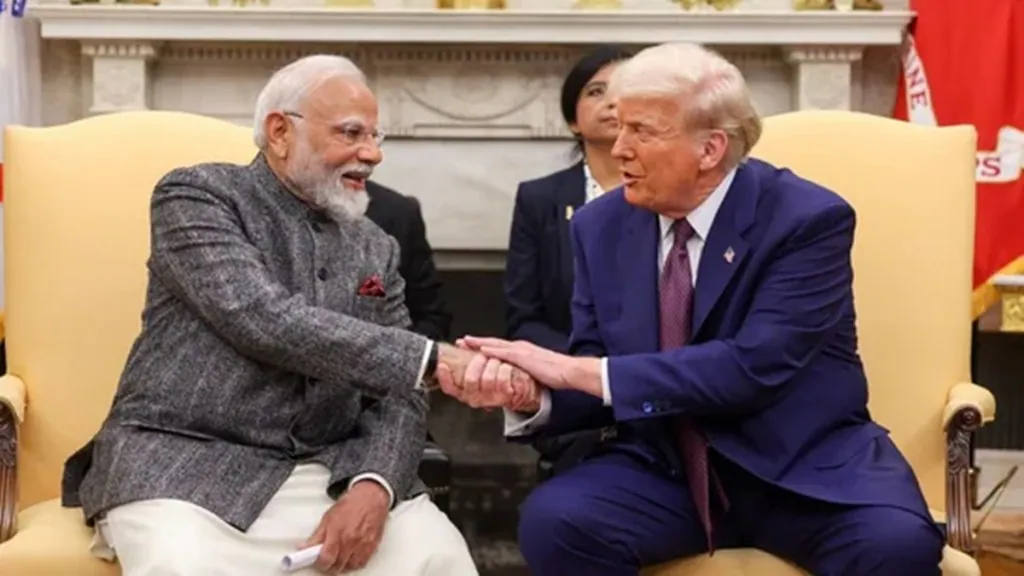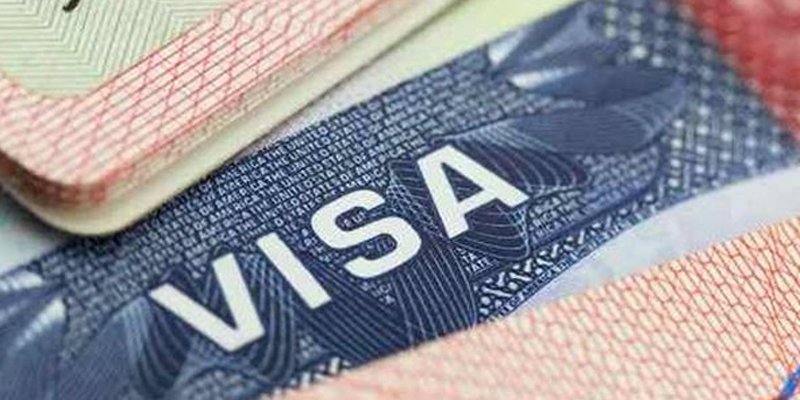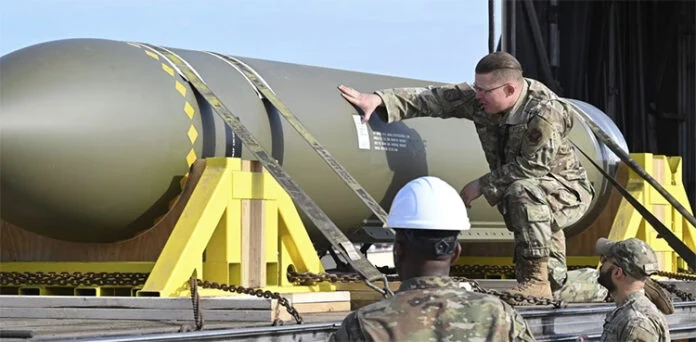
The growing debate over tariffs continues as the United States prepares to implement reciprocal tariffs starting April 2. Reports indicate that the US may seek zero tariffs on all traded goods between the two countries, excluding agricultural products. While the final details of these tariff adjustments are yet to be officially confirmed, sources suggest that this has been a recurring concern raised by the US, particularly regarding India’s tariff policies. The issue was also discussed during Prime Minister Narendra Modi’s visit to the US.
Several analyses suggest that the overall impact of reciprocal tariffs on India is expected to be relatively low, given the country’s limited share in global trade. The difference in tariff levels imposed by both countries also plays a role in shaping potential consequences. India’s weighted tariff differential stands at 6.5%, with notably higher tariffs in categories such as food products, footwear, garments, vehicles, and consumer goods.
An assessment by ICICI Securities highlights that any increase in tariffs could have a greater impact on American consumers due to the scale of US imports, which amount to $3.3 trillion, representing 11.2% of the country’s GDP. The study further points out that India’s export sensitivity to US consumption is 1.5, meaning that a 5% tariff hike would lead to an estimated $6-7 billion impact under stable conditions. However, if tariffs on other countries are raised more significantly than those on India, this could provide an opportunity for Indian exports to expand their presence in the US market.




















